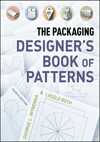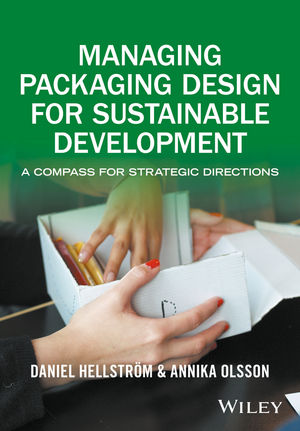Is your supplier telling you blending is better? In this short article, we discuss the ways multi-layer films can help you optimize film performance while keeping costs in line.
While multi-layer films have been in the market for some time now, there is still a perception held by some that they simply represent a premium version of mono-layer films: similar quality, more money.
Why does this perception still exist? In part because many people still believe that when you blend resins for a mono-layer film, the best characteristics of each resin are maintained, or even enhanced. Therefore, the reasoning goes, when you order a blended film, you’re getting better value for similar performance.
However, that is far from the case.
You’ve heard the phrase “you’re only as strong as your weakest link”? That’s literally the case with blended-resin mono-layer film: all the resins go through the same extruder and the entire film takes on the property of the weakest component.
In a multi-layer film, however, each layer’s properties can be optimized for a specific purpose while not affecting the performance of the other layers.
For example: a bag that must be tacky on the outside, smooth on the inside, high modulus and tough can really only be achieved with a multi-layer film.
But even if you want to make a film with just two of those characteristics, you can achieve more flexibility in cost and performance with a multi-layer film.
Instead of blending your resins together, you could, for example, employ a three-layer “A-B-A” structure in which you maximize the performance of the skin by using a low heat-seal initiation resin at 60% on the inside and using a high-gloss, aesthetically appealing resin on the outside layer (20%).
Or, you could optimize the film even further with a five-component structure, reducing your most expensive resins (typically the skin layer and the innermost layer) to 10% and utilizing the three middle layers for less-expensive films that embody toughness, modulus or recycled material.
In either scenario, you are optimizing the final-product film with the best possible resins for the intended purpose. If you had settled for a mono-layer film, your most expensive resins – instead of doing their best work on the outside – would disappear into the mix with the lesser-performing resins, resulting in a product that is less suited for its intended purpose.
So, why blend resins when you can optimize the best? Just ask us! We can help you build a film that performs to your specifications without busting your budget.
To learn more about the competitive advantages of using multi-layer films, watch this short video.
To view this original post and learn more information on plastic film products, be sure to visit Haremar Plastic Manufacuturing's website.
Is your supplier telling you blending is better? In this short article, we discuss the ways multi-layer films can help you optimize film performance while keeping costs in line.
While multi-layer films have been in the market for some time now, there is still a perception held by some that they simply represent a premium version of mono-layer films: similar quality, more money.
Why does this perception still exist? In part because many people still believe that when you blend resins for a mono-layer film, the best characteristics of each resin are maintained, or even enhanced. Therefore, the reasoning goes, when you order a blended film, you’re getting better value for similar performance.
However, that is far from the case.
You’ve heard the phrase “you’re only as strong as your weakest link”? That’s literally the case with blended-resin mono-layer film: all the resins go through the same extruder and the entire film takes on the property of the weakest component.
In a multi-layer film, however, each layer’s properties can be optimized for a specific purpose while not affecting the performance of the other layers.
For example: a bag that must be tacky on the outside, smooth on the inside, high modulus and tough can really only be achieved with a multi-layer film.
But even if you want to make a film with just two of those characteristics, you can achieve more flexibility in cost and performance with a multi-layer film.
Instead of blending your resins together, you could, for example, employ a three-layer “A-B-A” structure in which you maximize the performance of the skin by using a low heat-seal initiation resin at 60% on the inside and using a high-gloss, aesthetically appealing resin on the outside layer (20%).
Or, you could optimize the film even further with a five-component structure, reducing your most expensive resins (typically the skin layer and the innermost layer) to 10% and utilizing the three middle layers for less-expensive films that embody toughness, modulus or recycled material.
In either scenario, you are optimizing the final-product film with the best possible resins for the intended purpose. If you had settled for a mono-layer film, your most expensive resins – instead of doing their best work on the outside – would disappear into the mix with the lesser-performing resins, resulting in a product that is less suited for its intended purpose.
So, why blend resins when you can optimize the best? Just ask us! We can help you build a film that performs to your specifications without busting your budget.
To learn more about the competitive advantages of using multi-layer films, watch this short video.
To view this original post and learn more information on plastic film products, be sure to visit Haremar Plastic Manufacuturing's website.









